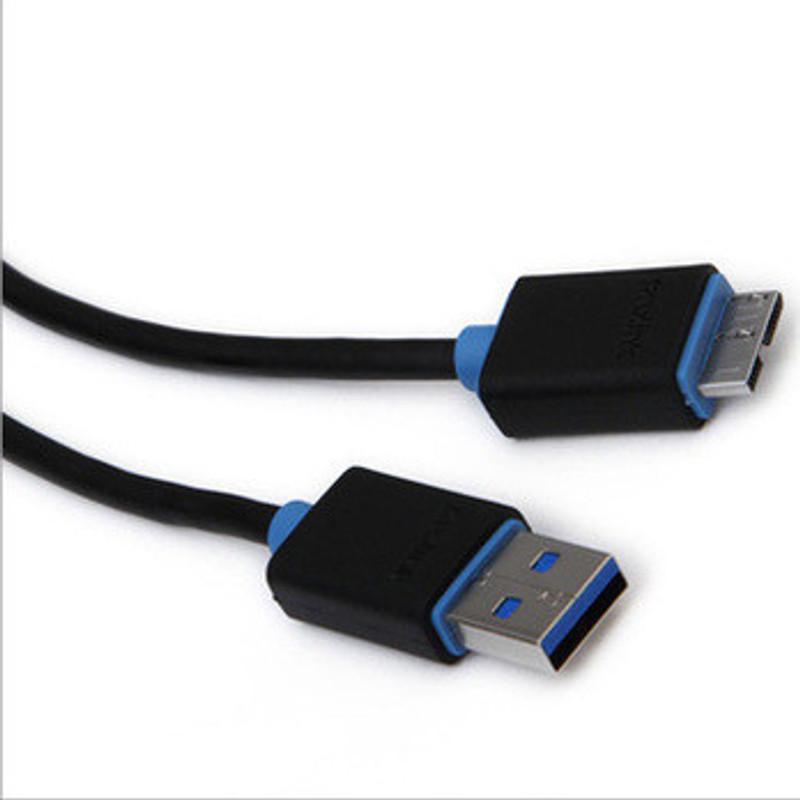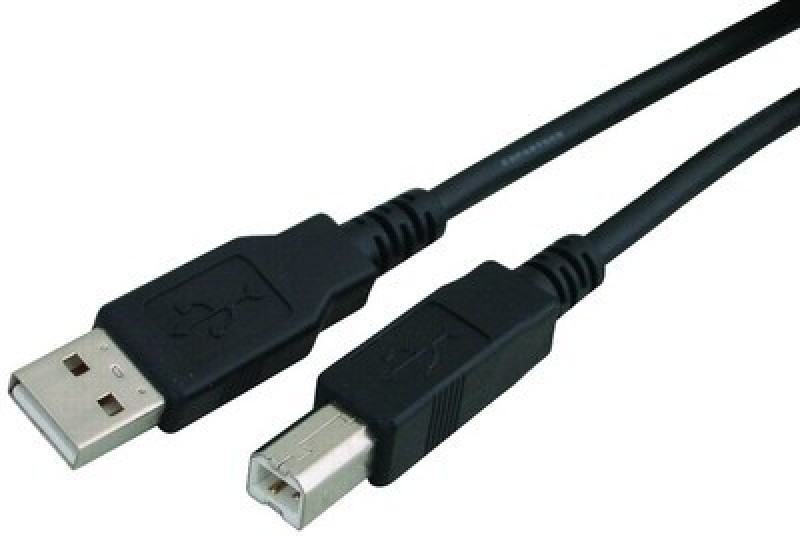Smart Pro Hdmi to type C USB C Type Cable(Gold)
Description
A January 2013 press release from the USB group revealed plans to update USB 3.0 to 10 GBit/s, effectively putting it on par with one first-generation Thunderbolt channel. The USB 3.1 specification was released on 31 July 2013, introducing a faster transfer mode called “SuperSpeed USB 10 GBit/s”. The USB 3.1 standard increases the signaling rate to 10 GBit/s, double that of USB 3.0, and reduces line encoding overhead to just 3% by changing the encoding scheme to 128b/132b.The USB 3.1 standard is backward compatible with USB 3.0 and USB 2.0. Using three power profiles of those defined in the USB Power Delivery Specification, it lets devices with larger energy demands request higher currents and supply voltages from compliant hosts up to 2 A at 5 V (for a power consumption of up to 10 W), and optionally up to 5 A at either 12 V (60 W) or 20 V (100 W). This display adapter allows high quality audio and video mirroring and extension on big screen HDTVs or projectors from your Type C equipped computers, tablets or smart phones.Make your work and entertainment more funny and convenient.Going forwards, USB-C(USB 3.1) will enable storage vendors to make bus-powered (no separate power adapter required) external hard drives of much larger capacity, since it provides enough power to run one or even multiple desktop hard drives.






Reviews
There are no reviews yet.